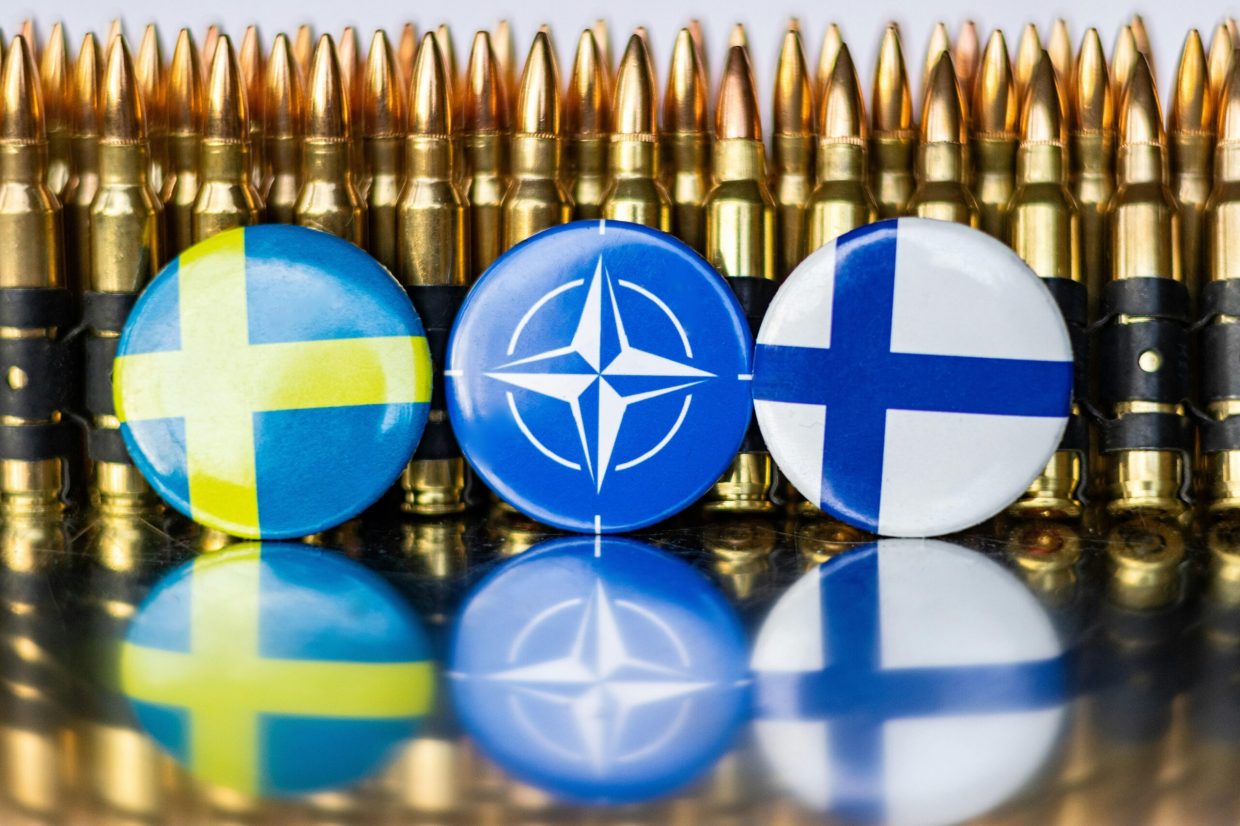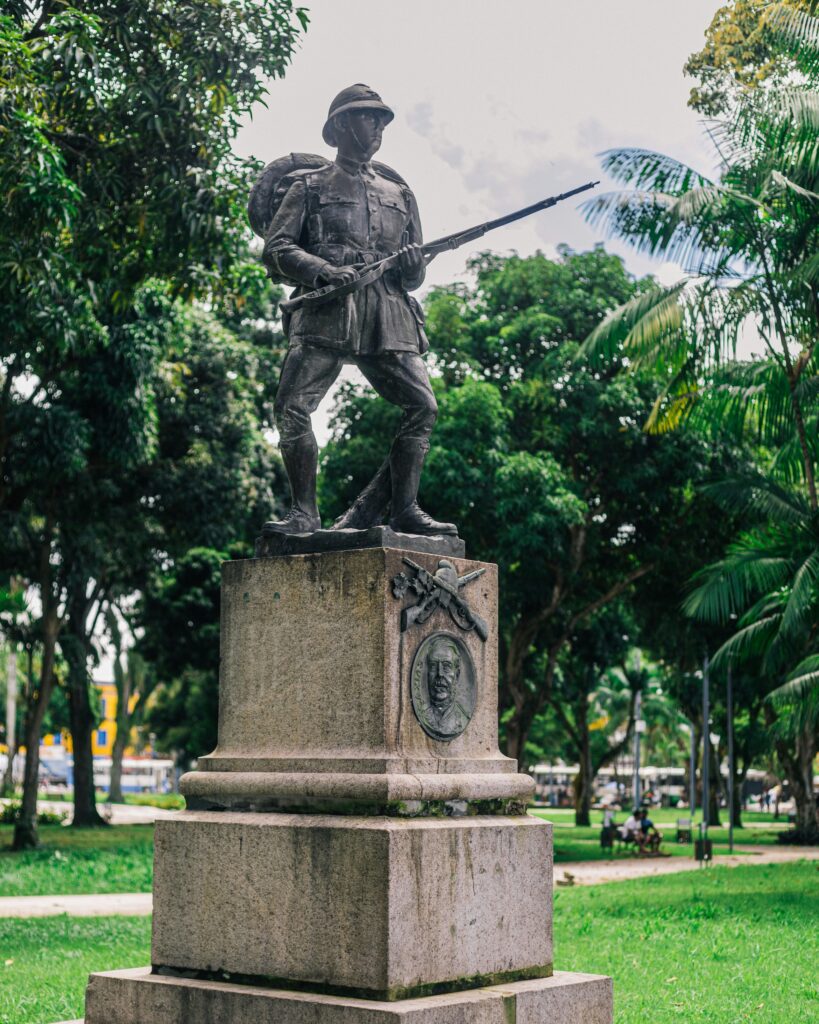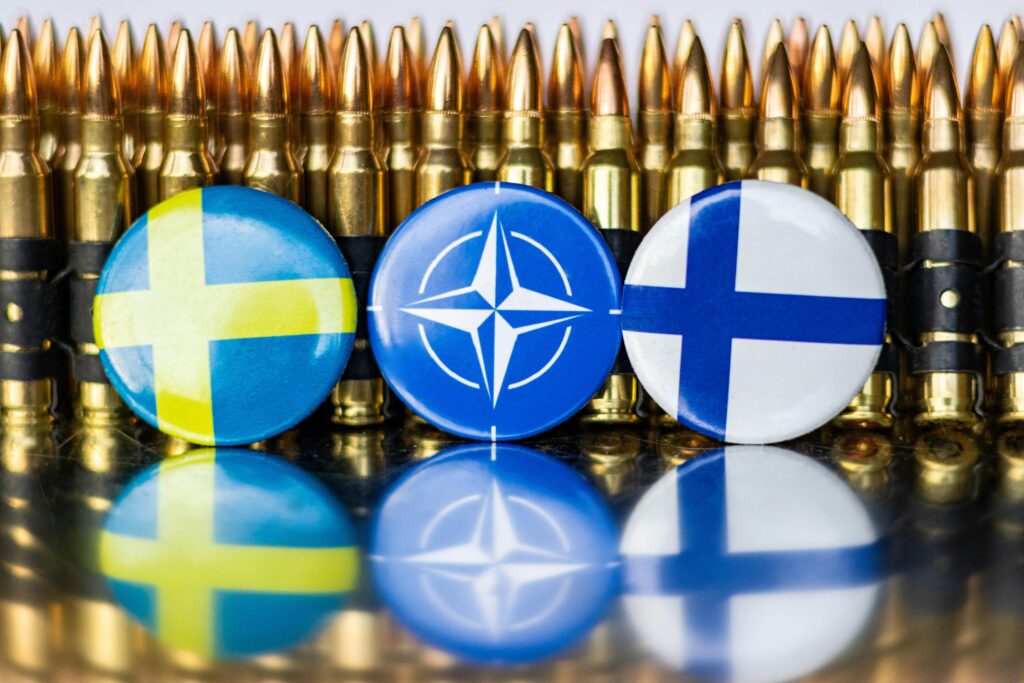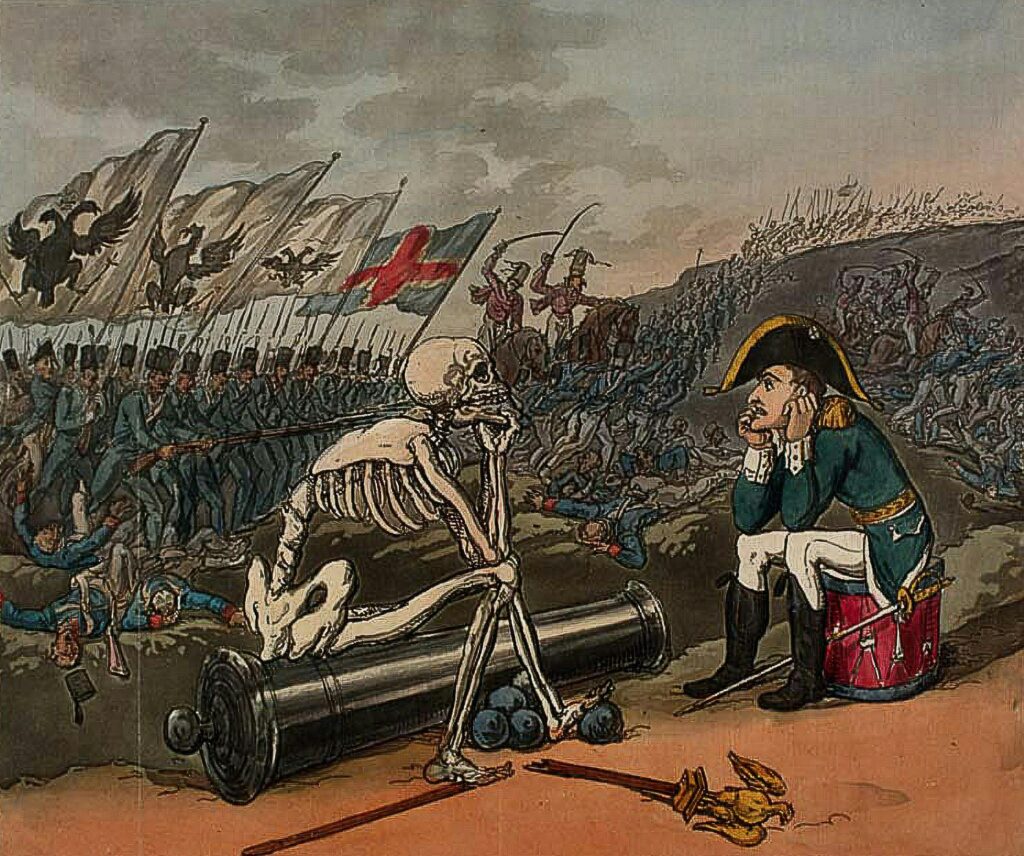In an increasingly interconnected and volatile world, military alliances have become more than just strategic partnerships—they are critical pillars of global security. From NATO’s influential role in Europe to emerging coalitions in the Indo-Pacific, these alliances help shape the geopolitical landscape, deter aggression, and foster cooperation among nations. But how exactly do these military partnerships impact the delicate balance of power today? In this article, we’ll explore the complex dynamics behind military alliances and why they remain indispensable in maintaining peace and stability across the globe.
Table of Contents
- The Strategic Role of Military Alliances in Deterring Global Conflicts
- Balancing Power Dynamics Through Multinational Defense Cooperation
- Challenges and Risks Faced by Modern Military Alliances
- Policy Recommendations for Strengthening Alliance Cohesion and Responsiveness
- In Retrospect
The Strategic Role of Military Alliances in Deterring Global Conflicts
In today’s interconnected world, military alliances act as crucial pillars of collective defense, significantly tipping the scales of power to prevent conflicts before they ignite. When nations bind themselves through formal agreements, they generate a network of mutual obligations and shared intelligence that dramatically increases the costs of potential aggression. This dynamic fosters a balance wherein adversaries must carefully reconsider the risks involved in provoking an alliance rather than isolated states. Moreover, these partnerships often serve as platforms for joint exercises and strategic planning, enhancing interoperability and readiness—key factors that dissuade hostile actions through a credible show of unity and strength.
The deterrent power of these alliances is multifaceted and extends beyond mere military capacity, encompassing diplomatic and economic dimensions as well. Some compelling aspects include:
- Enhanced Credibility: Pledges between allied countries augment trust and diminish the likelihood of misunderstandings escalating into armed confrontations.
- Shared Intelligence: Collective surveillance and information exchange raise early warning capabilities against emerging threats.
- Political Signaling: Alliances send clear messages to potential adversaries about unified resolve, projecting stability in volatile regions.
- Resource Synergy: Pooling military assets and technological innovations amplify defensive capabilities beyond what any single nation could achieve alone.
Balancing Power Dynamics Through Multinational Defense Cooperation
In an increasingly multipolar world, the distribution of military strength is a pivotal factor in maintaining stability. Multinational defense cooperation serves as a counterbalance to unilateral power, effectively mitigating risks associated with dominance by any single nation. By pooling resources, intelligence, and strategic capabilities, allied countries create a network that not only deters aggression but also fosters mutual trust. This synergy helps prevent escalation by ensuring clear communication channels and calibrated responses, reinforcing peace through shared responsibility.
These defense partnerships come with multifaceted advantages that transcend mere military might:
- Enhanced interoperability: Joint training and standardized equipment improve coordination during crises.
- Cost efficiencies: Shared expenses reduce the financial burden on individual nations while maximizing readiness.
- Political leverage: Unified diplomatic stances carry greater weight on the global stage.
- Technological innovation: Collaboration accelerates research and development in defense technologies.
By carefully calibrating power among diverse nations, multinational alliances help stabilize regional tensions and contribute to a more secure international system.
Challenges and Risks Faced by Modern Military Alliances
In the intricate web of global security, modern military alliances grapple with a complex array of difficulties that threaten their cohesion and effectiveness. Diverging national interests, political friction, and uneven defense spending often breed internal tensions, challenging the very foundation of collective defense. Furthermore, the rise of asymmetric warfare tactics, cyber threats, and the increasing role of non-state actors complicate traditional military strategies, demanding rapid adaptation and innovative responses. These evolving threats expose the vulnerabilities in alliances previously predicated on conventional warfare paradigms.
Among the most pressing risks are:
- Strategic ambiguity: Conflicting priorities can dilute the clarity of collective responses, undermining deterrence.
- Technological disparities: Varied capabilities among member nations can slow decision-making and operational cohesion.
- Political instability: Shifts in national leadership or public opinion may weaken commitments or prompt alliance fragmentation.
- Cyber vulnerabilities: Increasing dependence on digital infrastructure presents new attack surfaces challenging traditional defense.
Successfully navigating these obstacles requires not only enhanced interoperability but also a renewed commitment to shared values and transparent communication channels. The future resilience of military alliances hinges on their ability to evolve dynamically while maintaining unity in the face of uncertainty.
Policy Recommendations for Strengthening Alliance Cohesion and Responsiveness
To foster more resilient and adaptive military alliances, policymakers must prioritize flexible engagement frameworks that allow member states to respond swiftly to emerging threats without compromising collective decision-making. This flexibility can be achieved through enhanced intelligence sharing, joint rapid-reaction forces, and integrated communication systems that breakdown traditional bureaucratic barriers. Moreover, investing in regular multilateral training exercises ensures interoperability, builds trust, and aligns strategic priorities across diverse defense cultures.
Equally important is the necessity to nurture inclusive dialogue mechanisms that embrace both political and civilian stakeholders to cultivate a holistic approach to security challenges. Encouraging transparency and accountability through independent oversight bodies can help maintain public support and legitimacy, especially during prolonged crises. Additionally, fostering partnerships beyond traditional members—engaging regional powers and non-state actors—can significantly expand the alliance’s strategic depth and responsiveness in a rapidly evolving geopolitical landscape.
In Retrospect
In a world that’s constantly evolving, military alliances remain a cornerstone of global security, balancing power, deterring conflict, and fostering cooperation among nations. While challenges persist—from shifting geopolitical landscapes to emerging threats—these partnerships continue to adapt, proving their enduring relevance. As we look ahead, understanding the nuances of these alliances is crucial for anyone interested in the complex web of today’s international relations. Stay informed, stay engaged, and watch how these strategic bonds will shape the future of global peace and stability.













